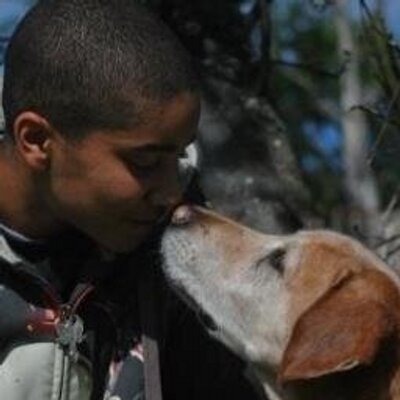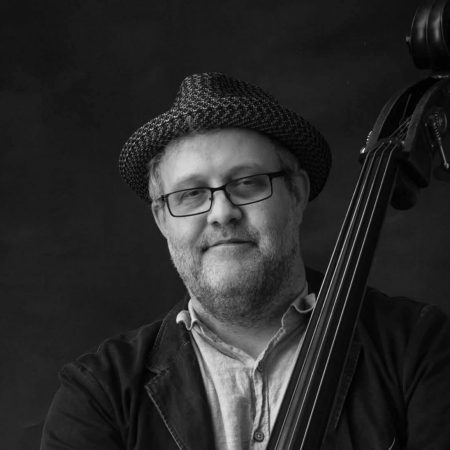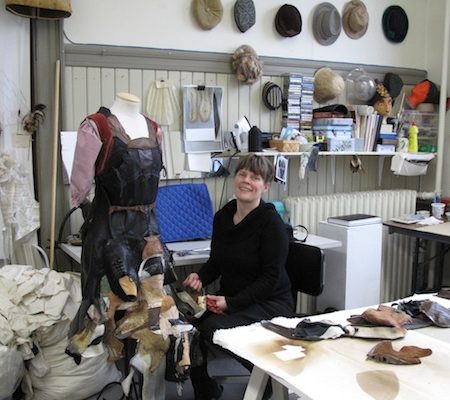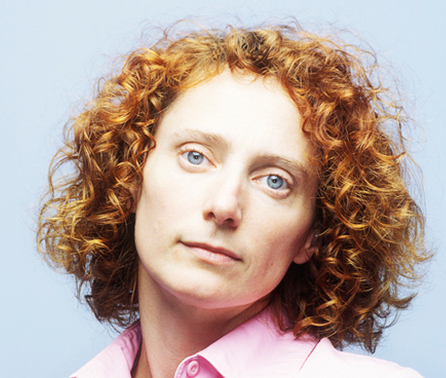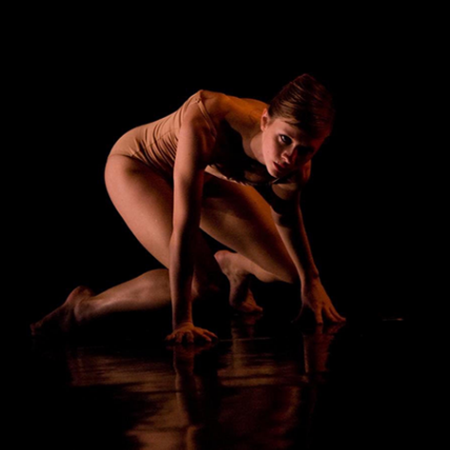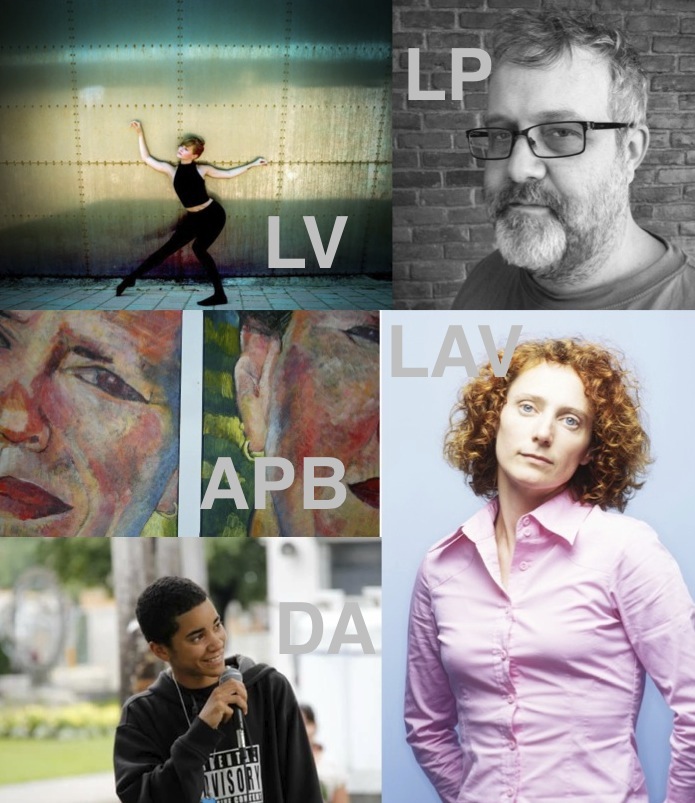
These artists were invited to write together seven distinct pieces that would represent various sections of the Creative Arts Awards Gala awards ceremony for Art Out Loud – Creative Nova Scotia Arts Awards, November 7th, 2015
This interview took place in the context of IOTA and Off the Leash’s Artistic Direction for the 2015 Creative Nova Scotia Awards Gala featuring the Prix Grand Pré, Established Artist Recognition Awards, Community Arts and Culture Recognition Award, Lieutenant Governor of Nova Scotia Masterworks Award, and the Portia White Award. Over twenty talented artists were invited to participate in the evening’s event, offering collaborative artistic expression that shows the diversity of artistic vocation in the province; visual, media, performance, light and sound designer, craft and installation were all included to perform and present their work throughout the evening adding to the vigor of the thematic, emphasizing that Art is Out Loud.
What does improvisation mean in your practice?
Des Adams (spoken word): Improvisation in my practice, or at least for me in this performance, was fine-tuning my pieces to match the environment. Sometimes that meant adding a line to pay respect to the audience, or pacing my speech differently to synchronize with the other performers.
Lukas Pearse (composer, media artist): Improvisation is at the core of my practice. It is the direct line to intuition, it is the balancing of memory with curiosity, it is where skill meets risk, and it is fundamentally the exploration of the present tense. As a musician, this is central to the ability to both listen and respond, to both support and assert. Improvisation is an essential part of actually being present and not merely going through the motions. Of course, I know when sticking to a plan is best, when it is time to follow directions or fulfill promises, but improvisation is the creative spark that precedes the skilled execution. I hold improvisation as the guiding principle in my work.
Arianne Pollet-Brannen (costume artist): As a visual artist who makes objects, it may be almost impossible to improvise, if it means creating ‘without preparation’. When decorating the body, as I do in my current art making, improvisation would tend to have more to do with refashioning an object for some use other than what it was designed for or building an object from unusual components in an ad hoc manner. This is precisely what I do, repurposing objects and using unusual ingredients to concoct out-of-the-ordinary ‘garments. That is generally the extent of improvisation in my practice.
Leigh Ann Vardy (lighting designer): In lighting design, improvisation means constantly adapting my design to changing needs of the project. I work a lot with new creation pieces, so while the show is eventually set, the process of creation is often very fluid. I strive to be open enough in my craft to be experimenting and improvising until we commit to a vision.
Lydia Zimmer (dancer, choreographer): As a dancer, improvisation is my practice. I believe as artists we each have a toolbox of skills pertaining to our art field. These skills are generated by education, performance experience, collaborative experience etc., and are used while we are improvising to keep it fresh and inventive.
For the Creative Arts Awards Gala performance choreography, you were asked to write together seven distinct pieces that would represent various sections of the awards ceremony. One artist from your group took the lead on a piece, and led the others in movement, music, lighting, spoken word, and costume; can you tell us what stands out about this experience as a maker and creator?
DA: I absolutely LOVE collaborations. I view most film and stage productions as a collaboration considering the fact that many people, including some behind the scenes, are contributing their talents to one final project. Art Out Loud was interesting because we had practices that are so necessary and often overlooked, take centre stage. People often talk through the stand-up bass solo or take lighting and costume for granted. This collaboration was a refreshing and unique experience for myself, and likely many others as these unsung heroes received and took the spotlight.
LP: This part of the show was where I got to be both a composer and performer, and I knew from experience that giving co-performers a measure of responsibility for their parts can foster their investment in the piece. Some say that improvising is just real time composing, but I don’t fully agree with that. Planning a piece is different than improvising it in that there is a chance to try things out and then make changes based on the needs of the situation, which is quite different from committing to the idea in the moment. Writing for improvisors requires anticipating risks and being willing to accept unexpected results, which can be challenging, especially as artists from different disciplines are often not going to prioritize the same things. It was also true that the nature of the Out Loud collaboration that some aspects of my piece got changed in rehearsal to suit other’s ideas of the pacing of the show. But as the part of the event I chose to feature was the Established Artist Award, and my conception of the piece was ultimately about the requirement of artists to stick to their goals through obstacles, both physical and psychological, my attitude was ultimately that “The Show Must Go On.”
APB: Collaborations can be a challenge at the best of times. Artists come to the table with a variety of backgrounds. Different methods are used to draw inspiration and to create work. This was no different. To prepare for the piece that I chose, the Prix Grand Pré, I felt drawn to step out of my boundaries and to make it a challenging task. So I decided to sing an Acadian folk song. I had a singing session/class with a well-known local soprano and then recorded it a capella. The song was then morphed in areas and played during my designated award. This was in fact the most interesting part as a maker for this project. I spent quite a bit of time in my studio making capes to be presented to the winners but I didn’t feel that this part was part of my creative input – I was in that instance the person with the sewing machine and skills. I also felt that I became the costumier in general and there wasn’t a great deal of input as to what each ‘piece’ was supposed to look like in terms of costumes – it was established from the early brainstorming sessions that I was to provide a sort of ‘uniform’ for the event.
LV: For me what stands out most is finding my own voice as a creator. I’m used to applying my craft to a story, not creating the story, so it was a good challenge.
LZ: This particular experience really provided me with an even deeper appreciation for other fields of art, production quality, and directorship.
Some of you have had direct experience with performing in front of an audience, and some of you haven’t before the Creative Arts Awards Gala. What role does the audience have in your practice when gathered in a group as witness? Do they inform your work?
DA: Audience is the milk to my cereal. You can read my work, I can read it to you, but the audience makes it part of a complete breakfast. One of the interesting things about spoken word or performance poetry is what is fueling it and who that piece is presented to. In this case I knew my audience ahead of time and made an effort to speak to as many disciplines and backgrounds as possible, by recognizing their practice as well as thanking them for their hard work.
LP: Performing is central to my practice. I try to be both generous and selfish with my attention to the audience’s needs. On the one hand, I try to imagine what it is like to be on the other side, and I try to make things happen that I would appreciate. On the other hand, I also know that as an audience member, many peak experiences can only be reached by disregarding the audience’s expectations and the performer’s following through with genuine introspection as if the audience is irrelevant. But overall, for me the type of audience and type of event is more important than the particular people with respect to influencing the performance. In this case, knowing that it was an audience of peers and many artists I deeply respect positively affected my commitment to making sure that I gave them my best efforts on stage despite any production hassles.
APB: I occasionally perform or orchestrate performative artworks as part of my art practice but the requirements are different from the ones for the Creative Arts Awards Gala presentation. This performance was more of a theatrical production. That meant that ideas were streamlined, as it were, to fit that bill. The audience when gathered in a group as witness certainly informs my work. When opportunities like that happen I welcome them as occasions to explain my work and receive feedback. It is a necessary interaction for the evolution of my artwork.
LV: Performing is brand new to me, so in the context of this project the audience was our own community, and so they hugely informed our work. Generally in my field I consider the audience only to the extent that I want to do my best work. The work I am most proud of is work that is honest and the result of many artists’ minds and hearts, so while I hope the audience is moved by it, pleasing them is not my aim. I believe audiences want to see our honest work; they don’t want us to cater to what we think they want.
LZ: This is a constant question that dance makers face when creating work, and I honestly do not have an answer when it comes to the role that the audience plays. I truly believe that honesty and vulnerability play a big role, and I am forever seeking greater understanding of how the audience directly affects my choices.
Award ceremonies can be contentious in and out of the designated communities they claim to represent, one of the ways we can acknowledge progress towards ideas of representation is by engaging critically with these issues in public and through art. Can you tell us about your interest in the concept of Art Out Loud, and its place in an event such as awards in the arts?
DA: Awards ceremonies can be tedious and dull at times, but Art Out Loud was an exciting, playful and engaging celebration. I think it’s kind of strange to criticize art, but to celebrate artists for the hard work in their communities and craft is wonderful to witness and be a part of.
LP: Part of my personal understanding of the concept was to avoid pandering to the audience, knowing full well that they were artists too who would be bored with an overly conventional event. I am glad that there were elements that were serious enough to give pause, yet I also feel that the event was primarily a celebration, so that spirit came through everything. I appreciate the attempts to engage with the process of creation so as to have an unconventional event. I do however feel that the critical gaze might be further directed at the creation process itself to avoid this particular approach becoming codified.
APB: There might be room to touch base on issues in a platform such as an award ceremony but we might also be barking up the wrong tree in that setting. As these sort of events are celebratory it shouldn’t be too much of a place for critical engagement. There has to be a place where we can pay tribute to artists and their accomplishments and simply do that. Perhaps artists can be ‘out loud’ in the creation and performance of their art.
LV: I like the idea of celebrating artists with an artistic and irreverent energy, not to conform to the traditional awards ceremony. I’m not a big fan of awards in general, I would much rather just a celebration, but I realize lots of people disagree. Basically I think anything that celebrates artists can be as bold as they like in the event plan, as the whole essence of creating art is making something original and from a ‘point of view’. The risk with this approach is you will always open yourself to criticism and people that love it or hate it (just like art).
LZ: I have never seen or been apart of an awards ceremony that had a large performance aspect, so Art Out Loud was very intriguing to me! Anything that breaks the mold I want to be a part of.
What’s next?
DA: Next on the bill? Hoping to develop and publish more works and eventually create a stage production, with the help of grants. Then I’ll get that show on the road! In the meantime, I’ve been going back to my roots in community involvement by helping with slam poetry fundraisers for local charity, such as Poets For Progress.
LP: After the complexities of moving my studio in December and running a 4 day improvised music festival in early January, my music, media art and teaching practices continue unabated.
APB: My plans are to spend the next several months in my studio and re-assess my practice. I haven’t had a lot of time to be there and make new work and re-establish the direction of my work. I am thinking about writing a grant to create this new work as well and present it at Fashion Art Toronto next April.
LV: I’m heading to Montreal to teach at National Theatre School and then to Stratford Festival to design for their season.
LZ: I have a show in April (21-23) at the Sir James Dunn Theatre through Live Art Dance, and will be doing a movement research residency in Iceland for two months come the fall.
In 2010, Des Adams was named one of the Maritimes’ most “influential individuals in their 20’s” by the Halifax Chronicle Herald. He discovered the art of spoken word in 2007 and has been on a mission ever since, taking spoken word from the heart and encouraging youth to open their minds and speak up... Read More
Having recently been made Artistic Director of the Upstream Music Association, Lukas is a graduate of Goldsmiths College UK, NSCAD and Dalhousie University Music. Working across a wide array of musical genres and creative media forms, Lukas is frequently part of collaborative projects and also, works extensively in sound and music for film and... Read More
Arianne has designed costumes for a number of opera and film projects, winning Theatre Nova Scotia’s Merritt Award for Outstanding Costume Design in 2011. A NSCAD University graduate, Arianne has exhibited in solo exhibitions at Cape Breton University Art Gallery and Mount Saint Vincent University Art Gallery.
